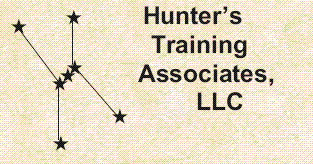
Advanced ISPF in z/OS - Course Objectives
On successful completion of this course, the student, with the aid of the
appropriate reference materials, should be able to:
- Use the ISPF facilities for tailoring the status area on the Primary
Option Menu panel, including the undocumented ISPF Appointment calendar feature
- Work with newer commands, including nesting multiple levels of ISPF
services and using the NRETRIEV command to recall data set names
- Use the more advanced features of option 3.4 (DSLIST), including locating
members from a list of libraries and files or members that contain strings of characters or hex
data and block commands from member lists
- Use the Edit COMPARE command
- Use the compare and search dialogs (3.12, 3.13, 3.14, 3.15)
- Use the DISPLAY and FIND commands under Browse to work with non-EBCDIC
(ASCII, Unicode UTF-8, UTF-16, UTF-32) data
- Create and invoke basic edit macros, including macros that take arguments
- Use the DDLIST command to examine the data sets allocated to their ISPF
session, including finding users in contention for access to a file.
A635 / 1 Day
These Materials © Copyright 2012 by Steven H. Comstock
Materials version: V7.x
Course description
Topical Outline
TSO / ISPF / REXX / CLIST curriculum
Home page
This page last updated: 30 July, 2014
Copyright © 2014 by Hunter's Training Associates, LLC
